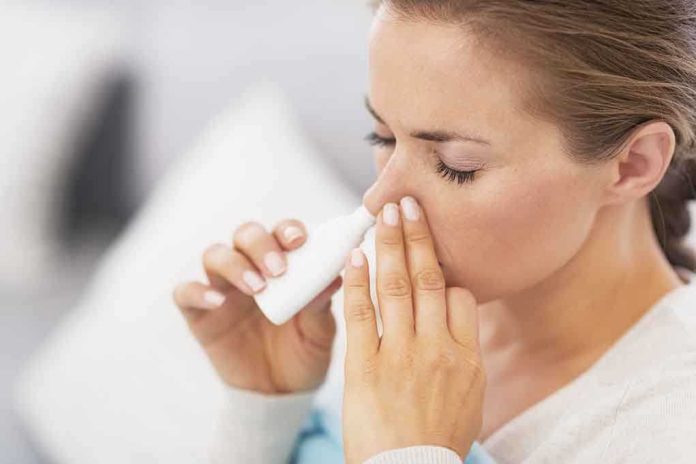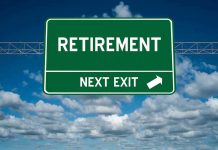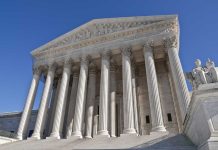
Every spring, millions of Americans chase relief from sneezing and itchy eyes—only to discover there’s literally nowhere left in the U.S. to hide from the mounting onslaught of pollen allergies.
At a Glance
- Allergy seasons are starting earlier, lasting longer, and getting worse across the entire United States.
- Climate change is the main culprit, turbocharging pollen production and making every region fair game.
- Wichita, Kansas, reigns as the worst city for allergies, but nowhere is truly safe anymore.
- Experts and advocacy groups urge policy reforms, but until then, sufferers must master personal allergy management.
There’s No Such Thing as a “Safe” Allergy Season Anymore
Once upon a time, seasonal allergies were as predictable as the plot of a bad soap opera. You knew when the sniffles would start, which city parks to avoid, and maybe even dreamed of moving to a region where pollen was just a rumor. Fast forward to today—those dreams have been dashed by a villain named climate change, who’s rewritten the script and made every U.S. city a contender in the Great Allergy Games. Over 100 million Americans now suffer from allergies, with more than 81 million specifically enduring the misery of seasonal pollen allergies. The Centers for Disease Control and Prevention confirm that more than a quarter of adults and about one in five children are now in the club no one wants to join.
Historically, allergy seasons followed the tidy rhythms of nature, with regional quirks based on local plants and climate. But rising temperatures and unpredictable weather have thrown out the old calendar. Pollen seasons now start earlier, last longer, and feature more pollen than ever before. Even the types of pollen are shifting, with trees, grasses, and weeds all eager to join the airborne party. If you thought you could outsmart the seasons by moving, think again. No U.S. region offers a reliable escape—not the arid West, not the breezy coasts, and definitely not the South, where pollen counts are climbing the charts like a pop hit with a vengeance.
Climate Change Has Turned Up the Volume on Pollen
Blame it on the weather, but not in the way your grandparents did. Climate change has supercharged pollen production, giving plants the kind of growing seasons that would make any gardener jealous. Warmer winters mean plants wake up earlier and stay awake longer, producing more pollen with every passing year. Urbanization and air pollution only make matters worse, turning even ordinary pollen into a supervillain capable of triggering stronger allergic reactions. And don’t even get started on hurricanes and droughts—extreme weather can spike pollen levels in ways that leave even seasoned sufferers shaking their heads.
Take 2025, for example. The allergy season arrived early and with a vengeance. Wichita, Kansas, took the crown as America’s most challenging city for allergies for the third year running, thanks to relentless pollen counts. Meanwhile, New Orleans shot up the rankings, fueled by a potent mix of hurricane-driven moisture and record-breaking warmth. Even Boston, usually the teacher’s pet of allergy cities, barely escaped with its status as the least challenging—thanks to luck more than long-term immunity.
The Human Toll: Sneezing, Wheezing, and Economic Squeezing
It’s not just about a few extra sneezes. The impact is personal, societal, and financial. Doctors’ offices are packed, emergency rooms see more asthma attacks, and millions of workdays vanish in a haze of tissues and antihistamines. Children and the elderly are especially at risk, with schools and employers feeling the sting of lost productivity. The pharmaceutical industry is booming, with allergy meds flying off shelves faster than you can say “bless you.” Meanwhile, urban planners and public health officials are scrambling to adapt, reconsidering everything from city landscaping to healthcare budgets.
On the ground, sufferers are left to manage as best they can. Experts like Dr. Sanjiv Sur and Dr. Neelu Tummala recommend a multi-pronged approach: track pollen levels, time your medications strategically, and treat your home like a fortress against airborne invaders. But even the best personal strategies are up against a tidal wave that’s growing stronger every year. That’s why advocacy groups like the Asthma and Allergy Foundation of America are calling for broader policy reforms—think smarter urban planning, stronger environmental protections, and a long-overdue reckoning with the reality of climate change.
Why Relief Requires More Than Just a Better Allergy Pill
So, what’s next in this high-stakes game of pollen roulette? The experts are clear: personal management can help, but the real solution lies in tackling the root causes. Until policymakers, city planners, and communities join forces to address climate change and rethink our relationship with the environment, allergy seasons will keep getting more unpredictable—and more miserable. In the meantime, sufferers are left to arm themselves with knowledge, medications, and perhaps a dash of gallows humor as they face another year of relentless pollen.
One thing is certain: if you’re looking for a safe haven from allergies in today’s America, you might as well pack your tissues and settle in. Because when it comes to pollen, the only thing that’s truly evergreen is the problem itself.
Sources:
CBS News (2025 Allergy Capitals Report)
Air Oasis (AAFA 2025 Report Analysis)
Allermi (State Pollen Count Rankings)
LiveNow Fox (Expert and CDC Commentary, 2025)













